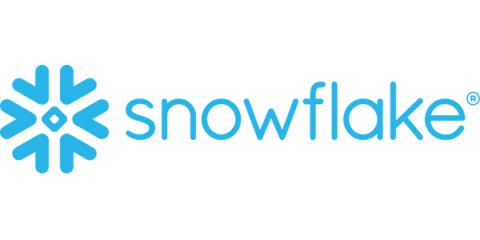Systems | Development | Analytics | API | Testing
Snowflake
10 Best Practices Every Snowflake Admin Can Do to Optimize Resources
As we covered in part 1 of this blog series, Snowflake’s platform is architecturally different from almost every traditional database system and cloud data warehouse. Snowflake has completely separate compute and storage, and both tiers of the platform are near instantly elastic. The need to do advanced resource planning, agonize over workload schedules, and prevent new workloads on the system due to the fear of disk and CPU limitations just go away with Snowflake.
Why Dropbox Made Its Own Cloud | Part 1 | Snowflake Inc.
The New Face of Secure Data Collaboration: Transforming Government with the Data Cloud
The push to embrace cloud-based technologies has undoubtedly transformed IT infrastructures at every level of government. Federal, state, and local agencies have made significant strides in modernizing how data is collected, stored, and analyzed, all in service of their mission and in fulfillment of strategic IT mandates.
Creating an Efficient Workflow with Dropbox | Snowflake Inc.
Understanding Snowflake's Resource Optimization Capabilities
The only certainty in today’s world is change. And nowhere is that more apparent than in the way organizations consume data. A typical company might have thousands of analysts and business users accessing dashboards daily, hundreds of data scientists building and training models, and a large team of data engineers designing and running data pipelines. Each of these workloads has distinct compute and storage needs, and those needs can change significantly from hour to hour and day to day.
Data Cloud Overview: Frank Slootman
How Data Will Shape Business Practices of the Future | Part 2 | Snowflake Inc.
Bridging the Gap Between Technology and Business | Part 1 | Snowflake Inc.
What Grocers and CPG Companies Need to Know About Post-Pandemic Shopping
The COVID-19 pandemic has changed nearly everything. It’s affected nearly all Americans, and as such, it’s impacted every organization they interact with, both B2C and B2B. One industry that has had its operations turned upside down is the grocery industry. Grocery stores and their consumer packaged goods (CPG) suppliers and partners had to improvise and adapt nearly overnight to accommodate the changing demands of shoppers.








